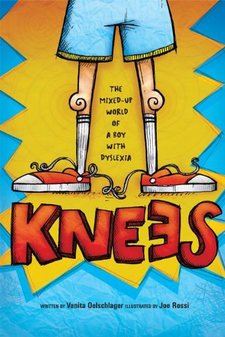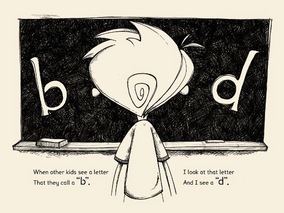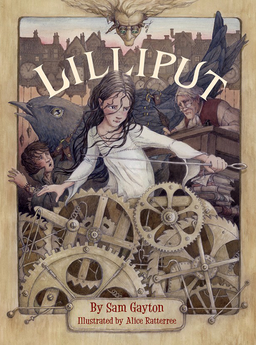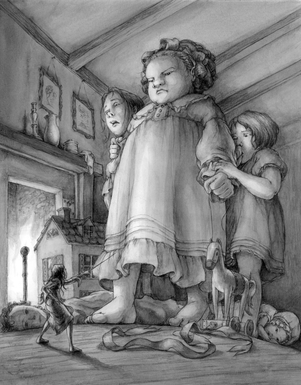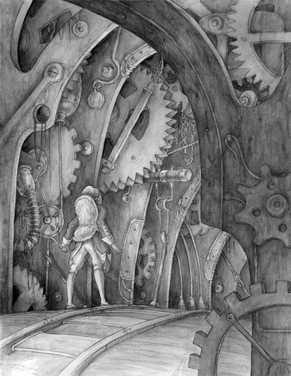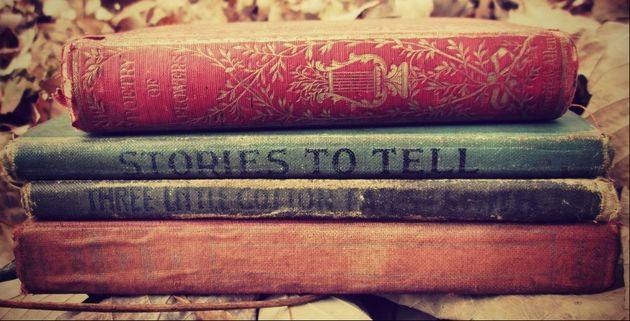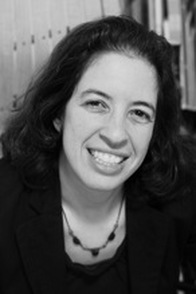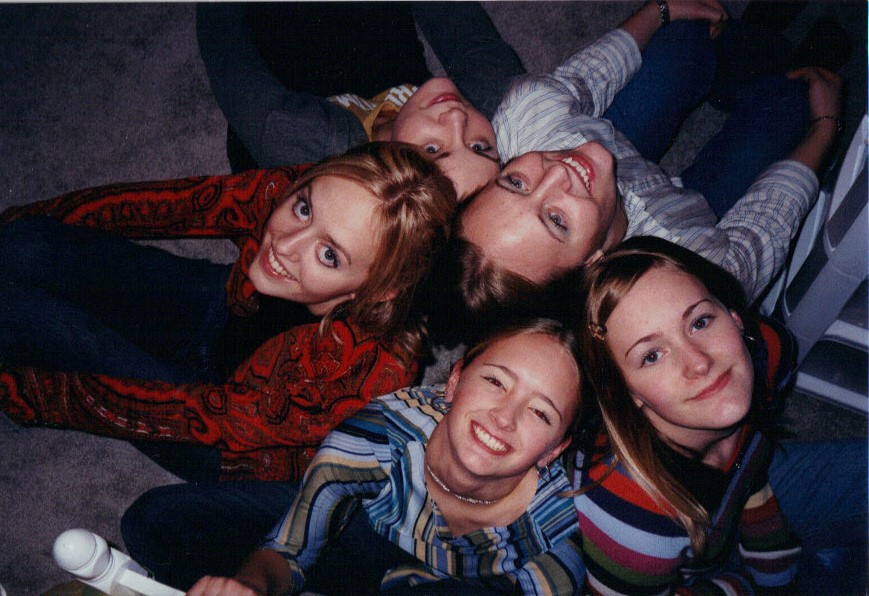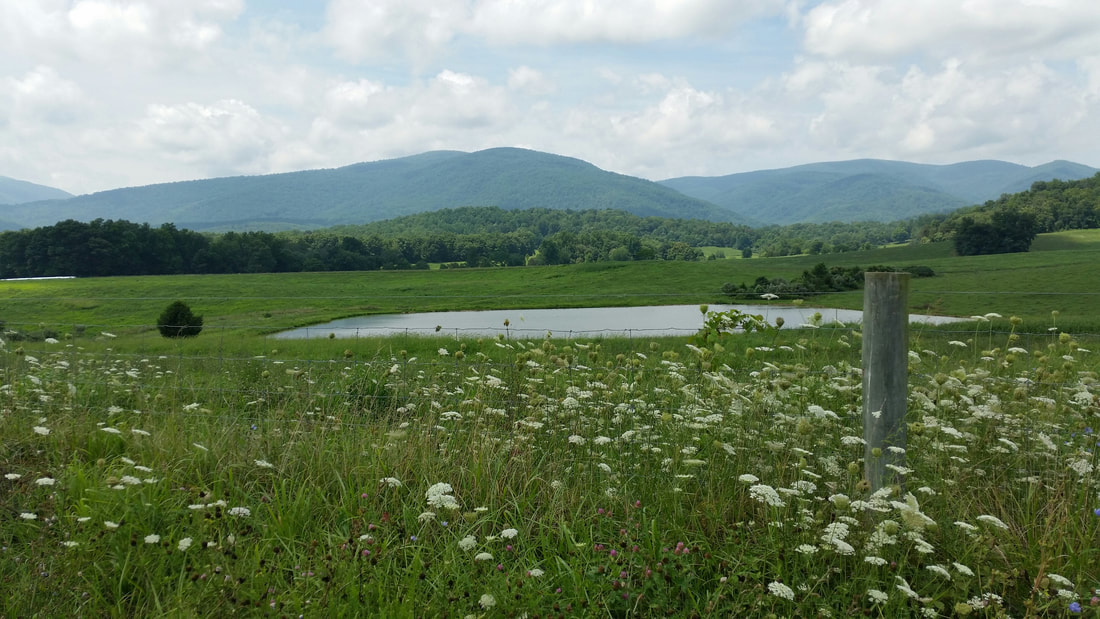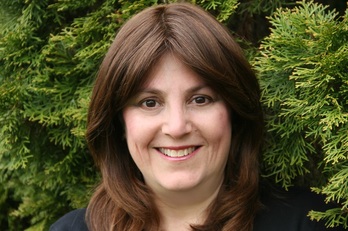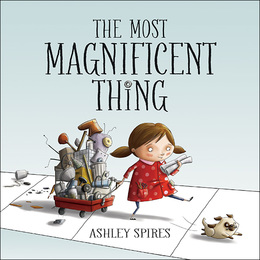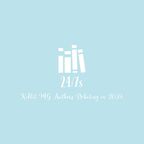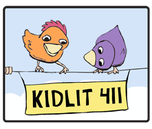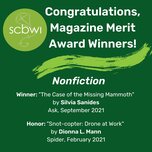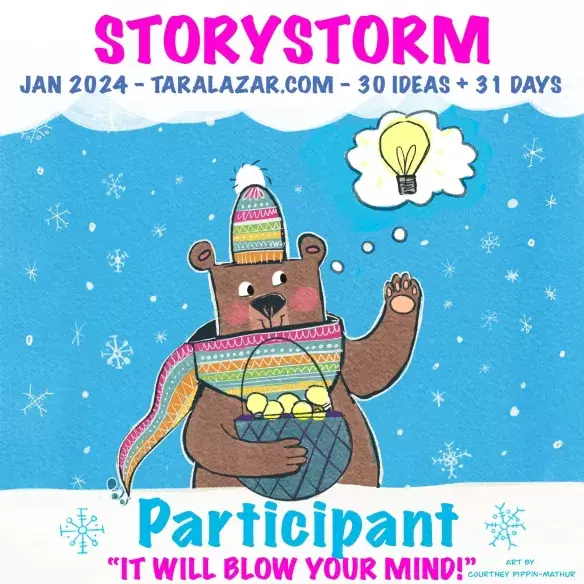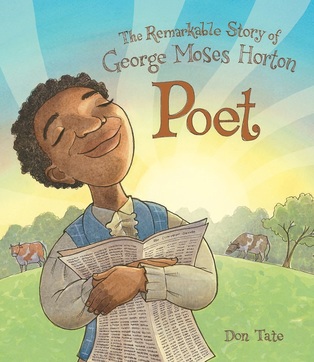
So George, by listening, learned the alphabet. Will he be able to read now? His mother gave him a book of hymns, but he couldn't read it. Not yet.
George found an old spelling book--tattered and torn--and night after night, despite being tired after working all day on his master's farm, George studied the letters. He sounded out the words. He worked until he had taught himself how to read those words. And soon words became sentences, sentences became paragraphs, paragraphs became stories. George was reading! And how he loved being able to read!
George read books. George read the Bible. George read poems. George read hymns. George read newspapers. George read anything he could get his hands on.
With all those words dancing inside George's head, a wondrous thing happened. Those words began to line up together into their very own song, a song of George's making, a song that needed to be heard aloud. George had become a poet, and not just any poet, but a poet of the finest kind. Now it was his own words that were dancing above the tilled fields like a musical breeze.
"When first my bosom glowed with hope, I gaz'd as from a mountain top On some delightful plain; But oh! how transient was the scene--It fled as though it had not been. And all my hopes were vain."
There is so much to love about this book. The color tones that Tate used mirror the brightness and joy that words infused into George's life. I love the illustrations where George stands tall while he is reciting his poems for college students. I love seeing George dressed in his finest as he wrote out his poems for the wife a professor, the one who helped him become published. And I absolutely love how the book's designer at Peachtree Publishers took George's poems and placed them about the page like they are dancing on the air.
